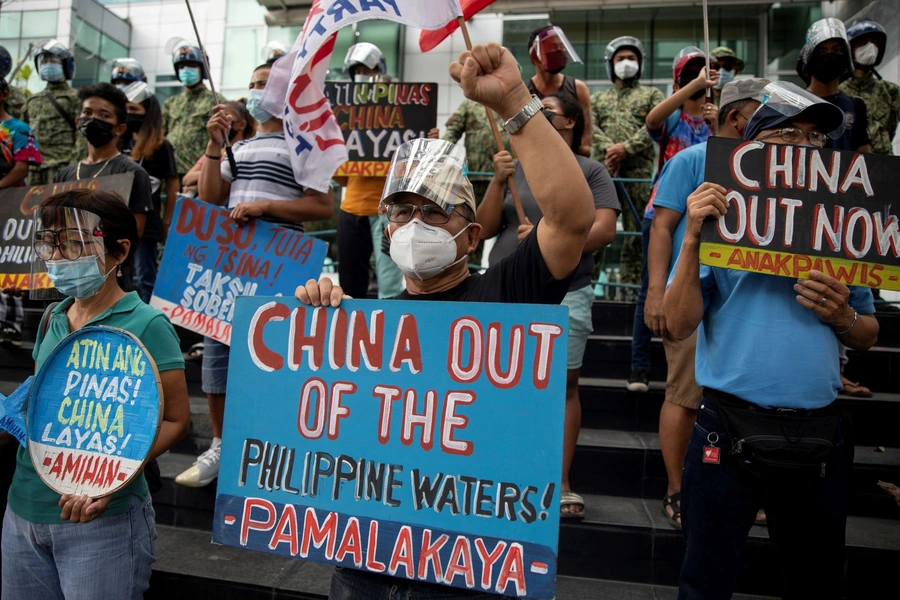Joshua Kurlantzick

This negative perception is a sharp reversal from China’s recent heyday, in which China launched a massive soft power campaign in many developing regions; vowed to be a different, less interventionist major power than the United States; and rolled out its massive Belt and Road Initiative (BRI). Many developing countries, and even some publics in some rich democracies, responded to this charm offensive and viewed China relatively positively. What’s more, a growing number of countries took an interest in China’s state capitalist developmental model after the 2008-9 financial crisis damaged the image of the United States’ economic model.
There are multiple reasons for China’s deteriorating global public image. China’s overall rising authoritarianism at home, its cover-up of the initial COVID-19 outbreak, and its brutal repression in Hong Kong and Xinjiang have hurt its perception among many foreign publics. China’s continued zero-COVID strategy has cut it off from much of the world, undermined people-to-people relations with other states, and cast some doubt on the Chinese model of development—even among some Chinese citizens. Under Xi Jinping, China’s increasingly belligerent “wolf warrior” diplomacy and economic coercion of other states, multinationals, and big Chinese private firms have further soured global views of Beijing. Perhaps just as important, China’s soft power—its ability to persuade and appeal to other states through media, cultural diplomacy, and overseas aid—has declined in recent years.
China’s declining global image offers strategic and economic opportunities to the U.S. and its allies. For more, see my latest CFR discussion paper, available here.
No comments:
Post a Comment